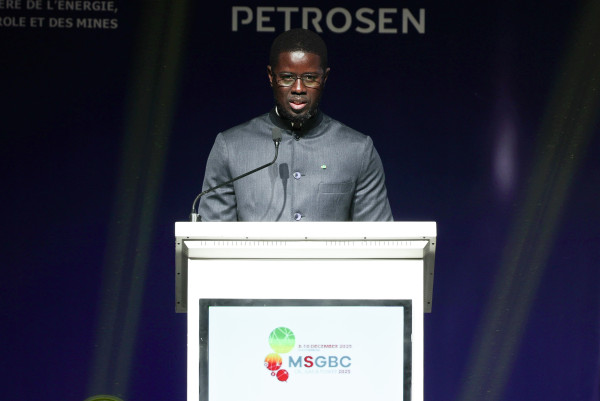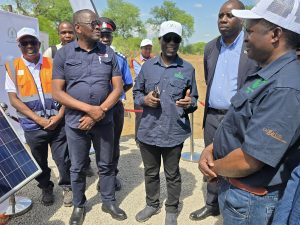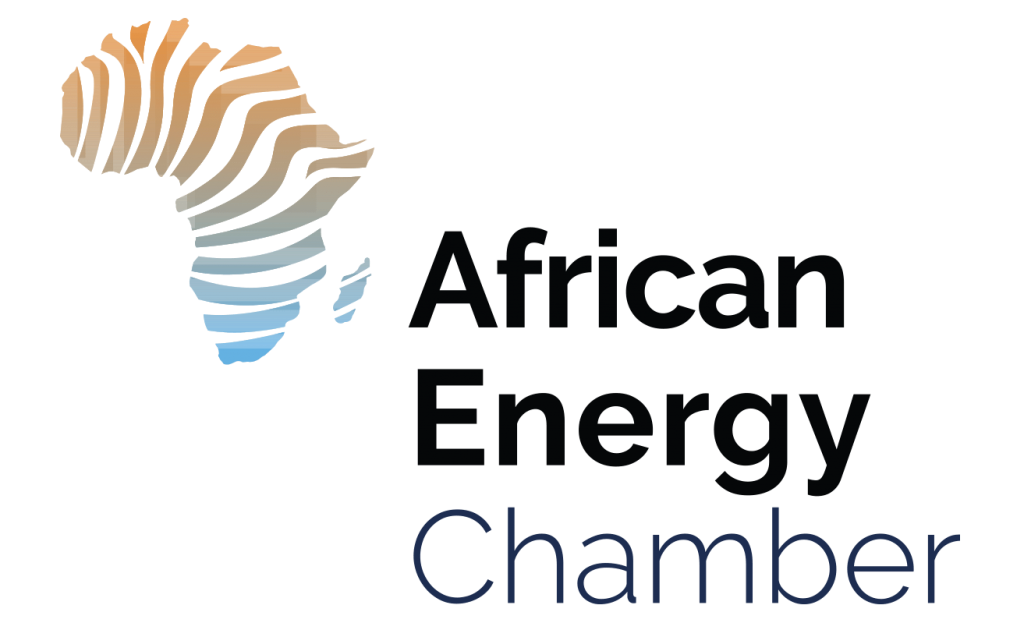SA’s energy economy must look ahead to replace coal jobs
Lesley Jeffrey, principal geologist (coal), SRK Consulting (SA)
As South Africa’s largest mining contributor to gross domestic product, the coal sector may be facing considerable job losses as the country’s latest energy plan looks to cleaner power generation options.
Coal generated R129bn in sales in 2017 – about 28% of South Africa’s total mineral sales – and directly employed over 82,000 people, whose earnings amounted to some R22bn. Apart from being the third-largest employer in the mining sector, it also created another 170,000 indirect jobs.
The government’s latest draft Integrated Resource Plan (IRP) envisaged only 45% of the nation’s supply of energy coming from coal – down from 48% in the 2010 draft of the IRP, Lesley Jeffrey, SRK Consulting principal geologist (coal).
“In terms of the electricity coming from coal-fired power stations, this planned reduction represents about 4,000MW of energy that will in future not require being generated by coal,” said Jeffrey. “This amount is equivalent to the closing of a large power station like Kendal – the last big power station built before work began on Medupi and Kusile.”
The amount of coal required to produce this energy is roughly 14-million tonnes each year on average, she said, which would in future then not be required by South Africa’s energy generating facilities.
“If the industry does not need this tonnage, the impact on employment is about 14,000 direct and indirect jobs – which would previously have been required but which would now be shed over time,” she said. “Apart from the employees themselves and their dependents, the loss of these jobs would also likely affect the total number of indirect jobs created by the coal sector.”
She pointed out that Camden, Komati and Grootvlei power stations would probably be the first to be closed, due to their age and the high production costs. The rural location of many of these older plants, however, means that they are among the few sources of employment in these areas – a factor likely to aggravate the local socio-economic impact of the job losses.
As a counterpoint, Jeffrey highlighted the positive environmental impacts to be achieved by the IRP’s proposed movement towards greater usage of natural gas – which would help bring South Africa more in line with the Paris Accord.
“This is a constructive direction, although as a country we have little of our own gas to exploit at this stage,” she said. “Our imports from Mozambique could be increased, and there is scope for importing liquid natural gas (LNG) – which would require a special port, extensive technological infrastructure and distribution pipelines.”
There were also prospects for extracting gas in the form of coal-bed methane – also referred to as coal seam gas – from the Waterberg coalfields in Limpopo province.
“Pilot projects in the area suggest that there is sufficient gas in exploitable quantities, but there is a lack of infrastructure to transport the commodity to where it is needed,” she said. “The two main distribution options are pipelines, or facilities that could compress the gas into liquid form. If government is serious about this gas focus, however, the possibility of extracting gas in this way may be preferable to mining.”
Jeffrey explained that the coal deposits of the Waterberg will be technically challenging to mine, as they tended to comprise multi-seam configurations with different coal types in the upper and lower portions. They also contain a high ash content – as much as 65% in the upper portion – and would generate large volumes of discard. There was also a high potential for spontaneous combustion in the discard. Gas extraction could avoid many of these challenges.
Share this content:















Post Comment